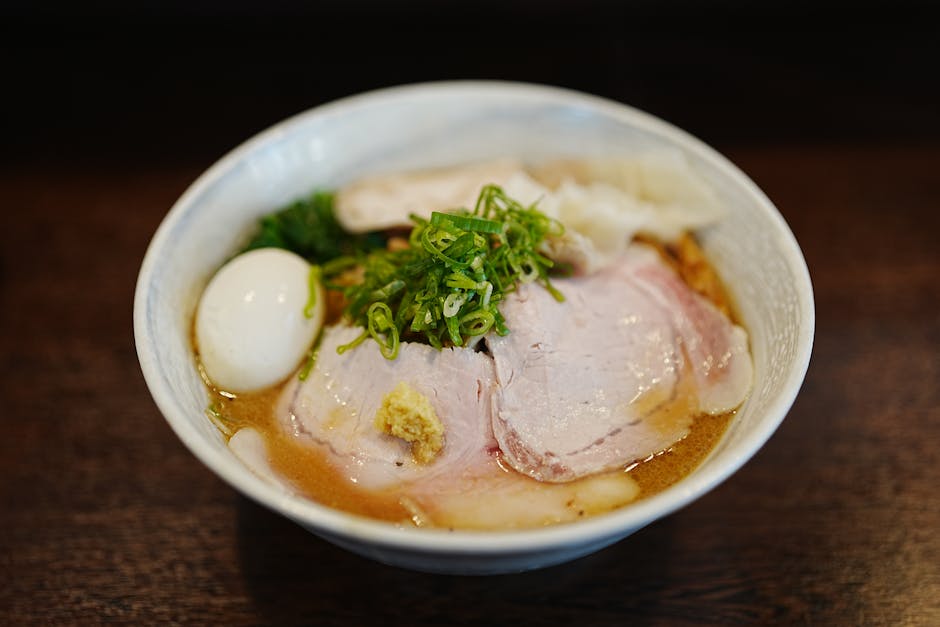
Revolutionary Culinary Techniques: From the Kitchen to the Lab
When it comes to cooking, innovation knows no bounds. Culinary experts and food enthusiasts are constantly pushing the boundaries of traditional cooking methods to create extraordinary dishes that tantalize our taste buds. In this blog post, we'll explore some revolutionary culinary techniques that you won't believe exist - from the kitchen to the lab!
1. Molecular Gastronomy: This cutting-edge technique combines physics and chemistry to transform the textures and flavors of food. By using tools and ingredients typically found in a science lab, chefs can create mesmerizing dishes like liquid nitrogen ice cream, edible cocktails, and foams that explode with flavor when they touch your tongue.
2. Sous Vide: Sous vide is a French cooking method that involves vacuum-sealing food in a plastic pouch and cooking it in a water bath at a controlled temperature for an extended period. This technique ensures even and precise cooking, resulting in tender and moist meat, perfectly cooked vegetables, and incredibly flavorful meals.
3. Dehydration: Dehydration is not a new technique, but chefs have taken it to a whole new level. By removing the moisture from fruits, vegetables, and even meats, chefs can intensify their natural flavors, create unique textures, and make them last longer. Dehydrated ingredients can be ground into powders, transformed into crispy chips, or rehydrated for a burst of concentrated taste.
4. Spherification: Have you ever tasted caviar-like spheres made from seemingly ordinary ingredients? Spherification, a technique borrowed from molecular gastronomy, involves transforming liquids into gelled spheres that burst with flavor when you bite into them. Chefs use a combination of sodium alginate and calcium chloride to create these unique and delightful culinary creations.
5. Hydrocolloids: Hydrocolloids are substances that have the ability to form gels when mixed with water. Chefs use hydrocolloids like agar-agar and carrageenan to create gels, films, and even foams that can enhance the texture and presentation of dishes. From tomato caviar to olive oil powder, these ingredients have revolutionized plating and given rise to visually stunning culinary works of art.
These revolutionary culinary techniques demonstrate the incredible creativity and scientific approach that chefs bring to their craft. By exploring new techniques and embracing innovation, the culinary world continues to evolve and surprise us with dishes that are as visually stunning as they are delicious. So, the next time you sit down for a meal, take a moment to appreciate the incredible culinary journey that led to your plate!
